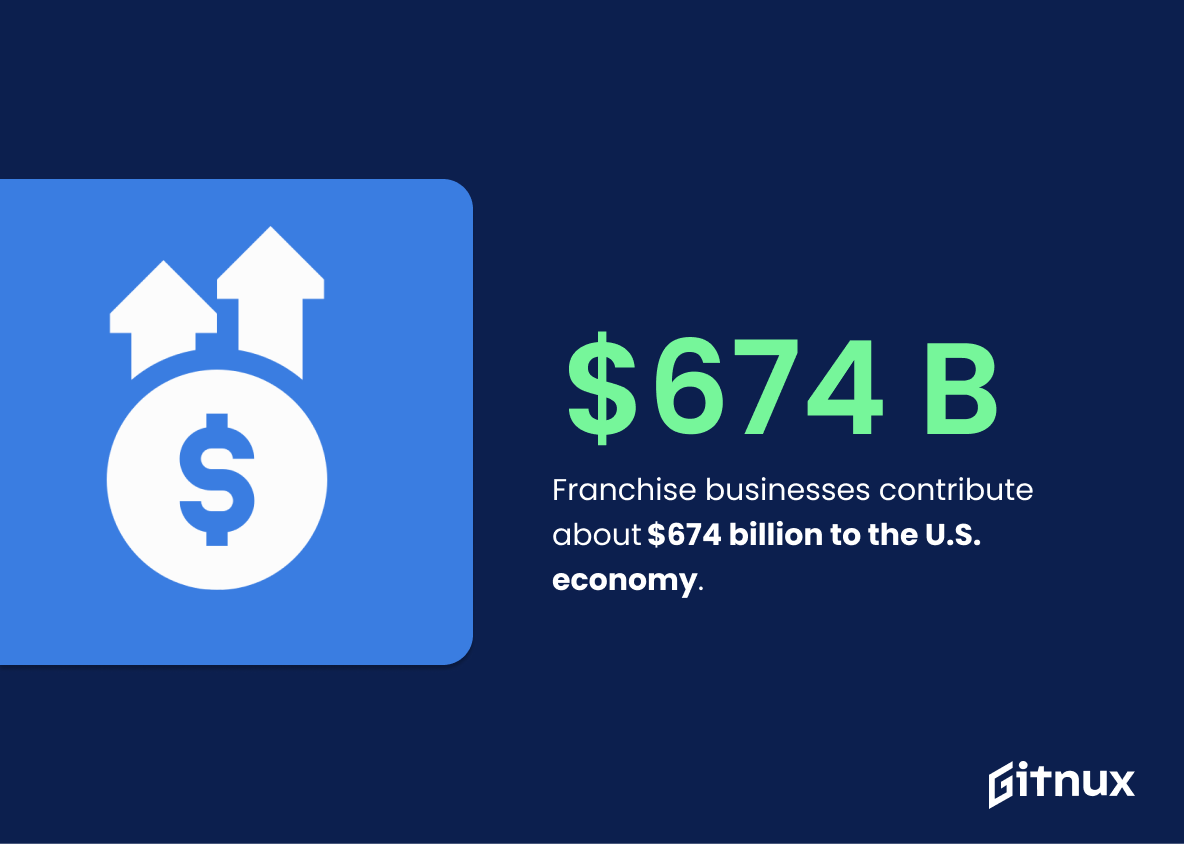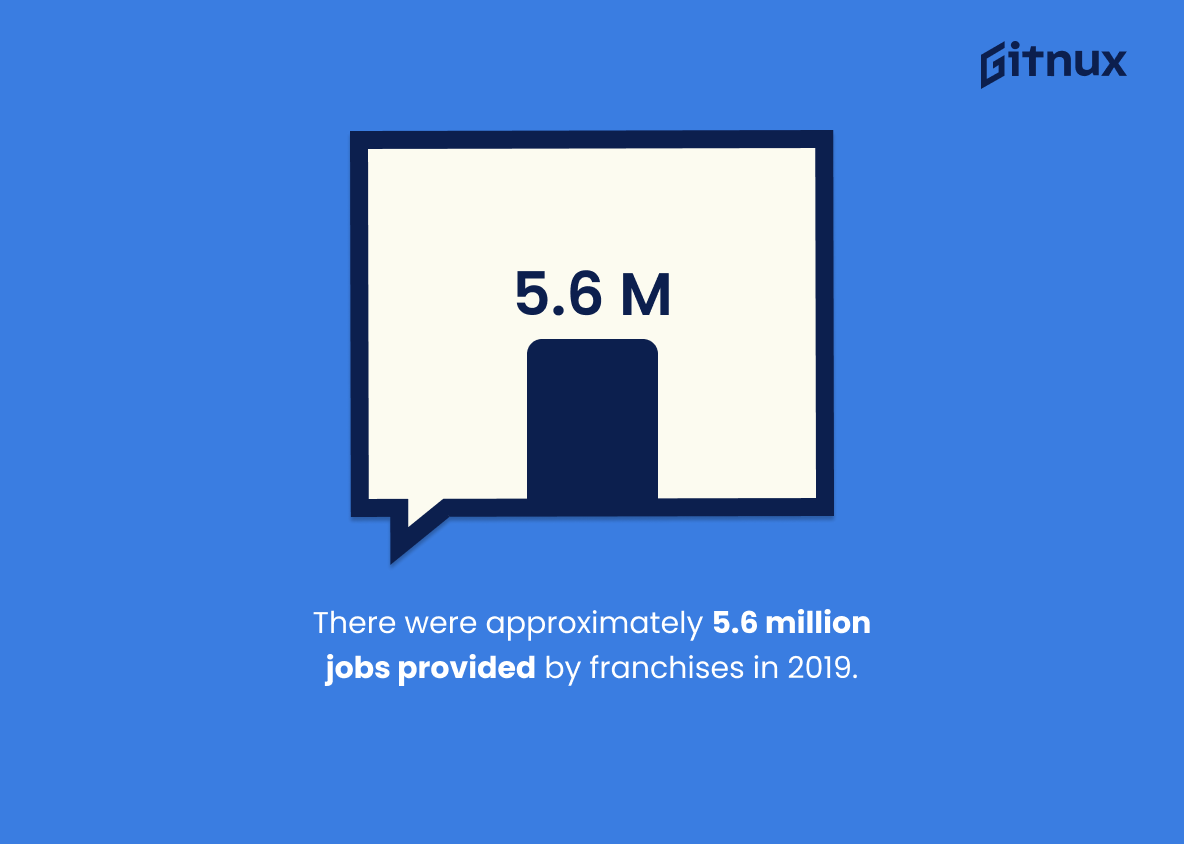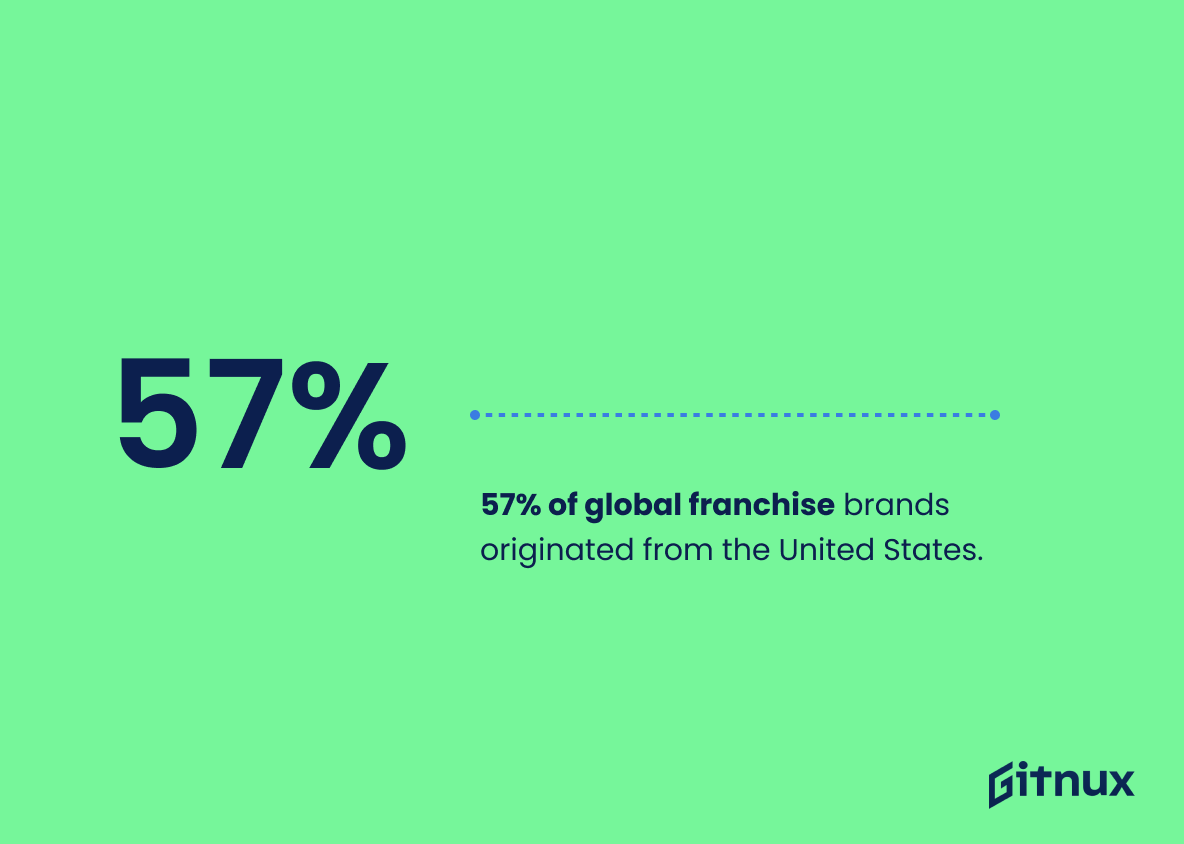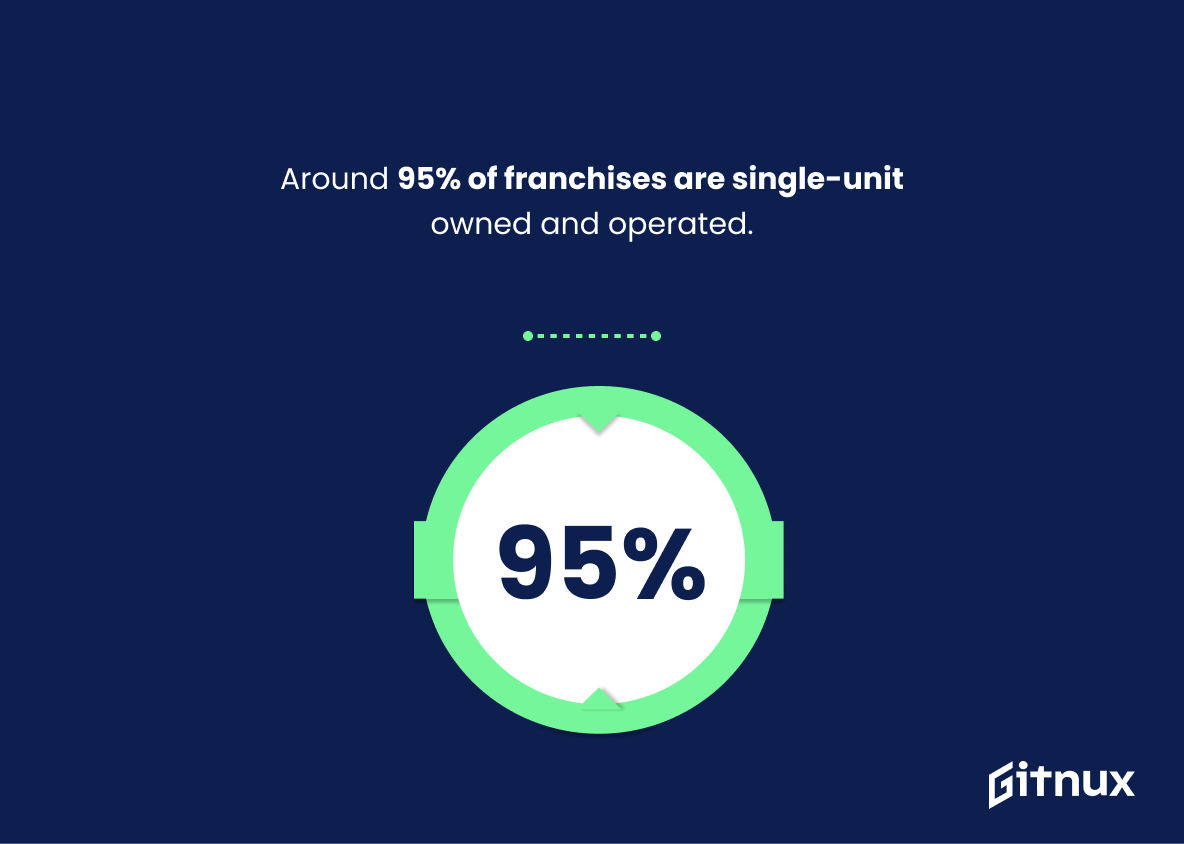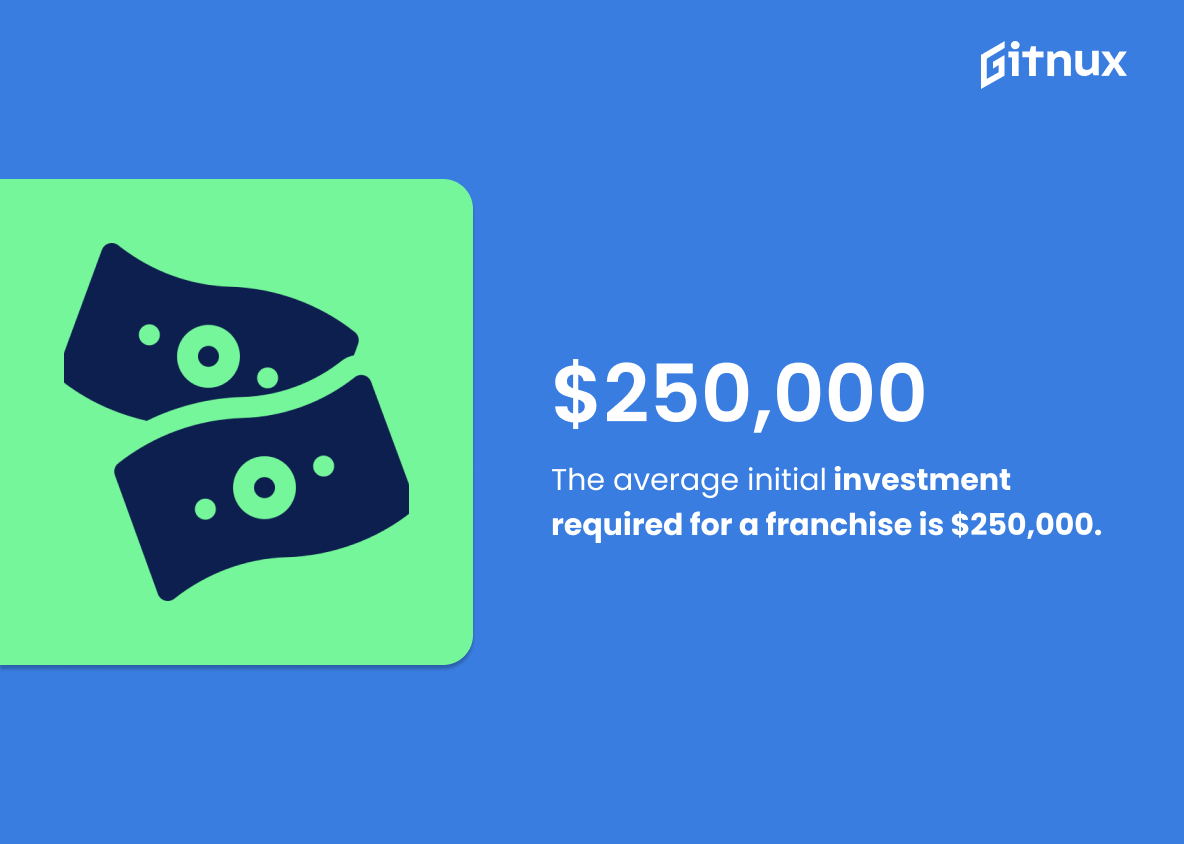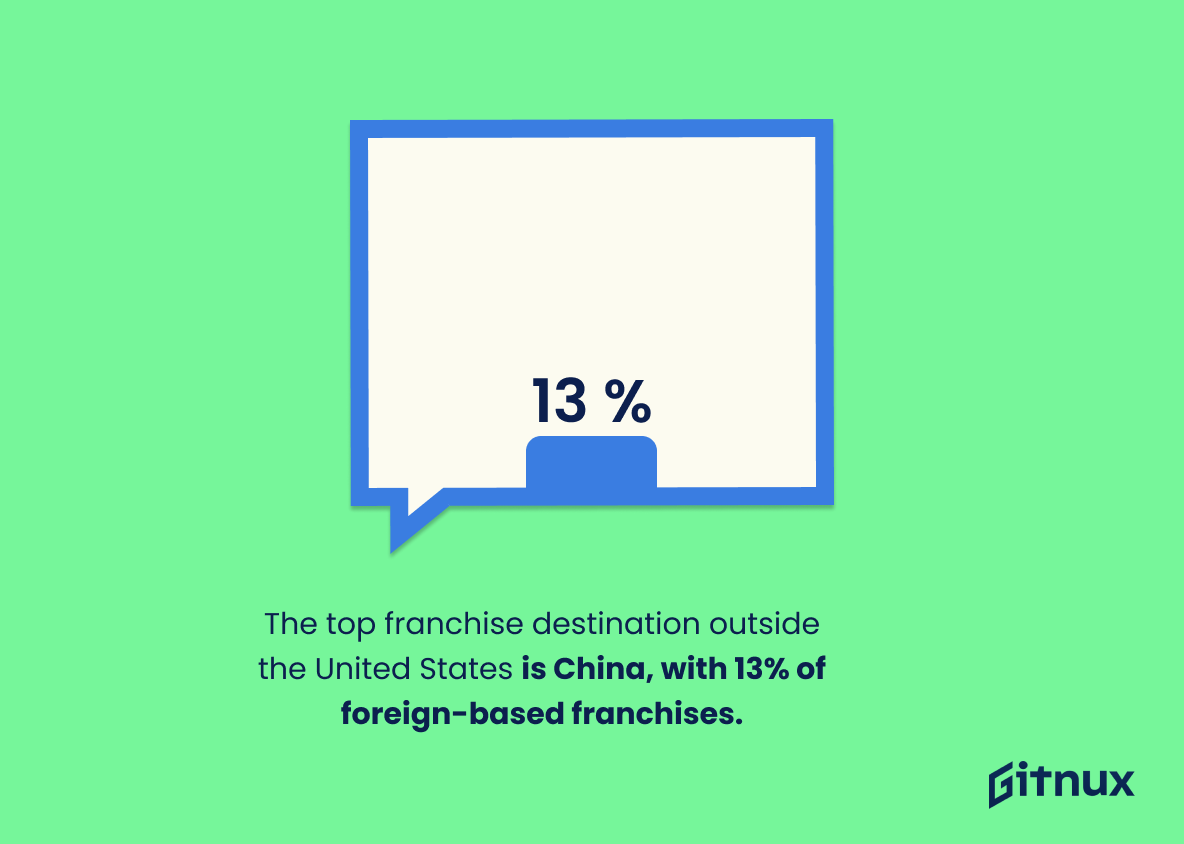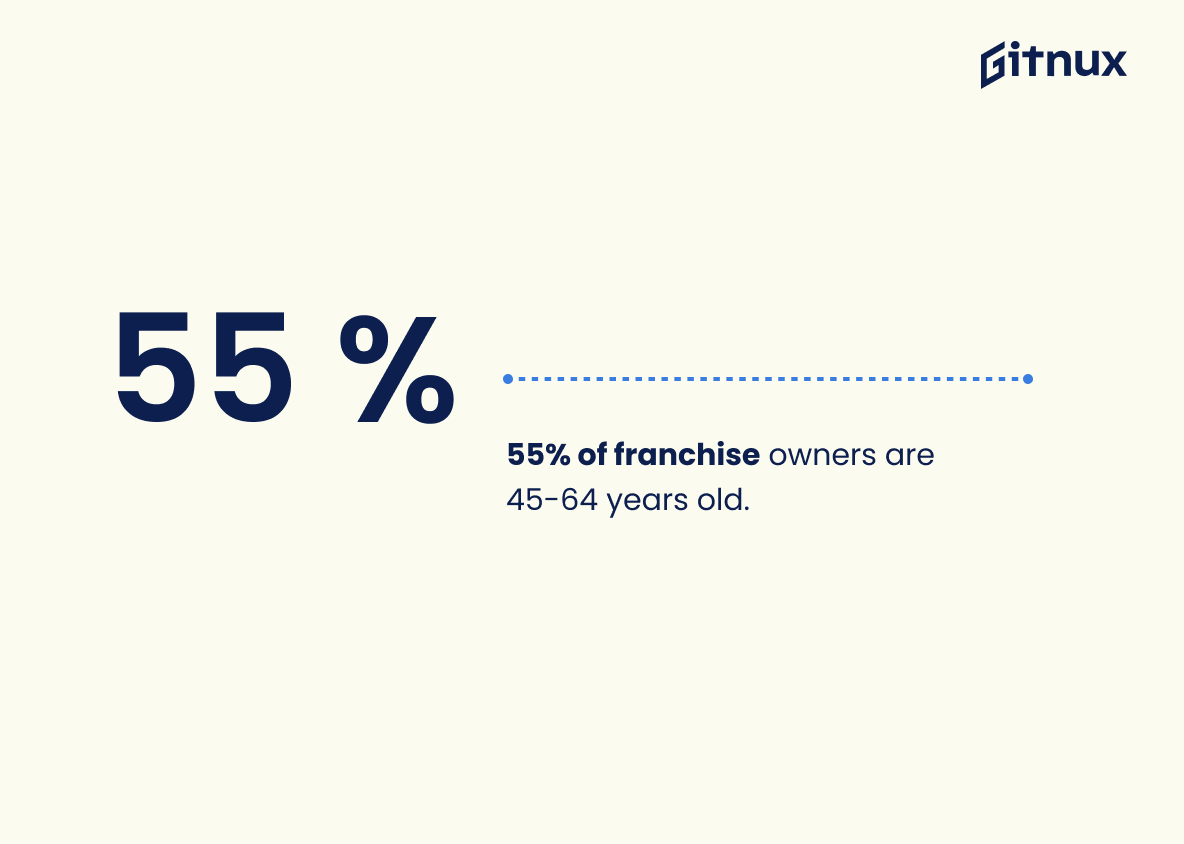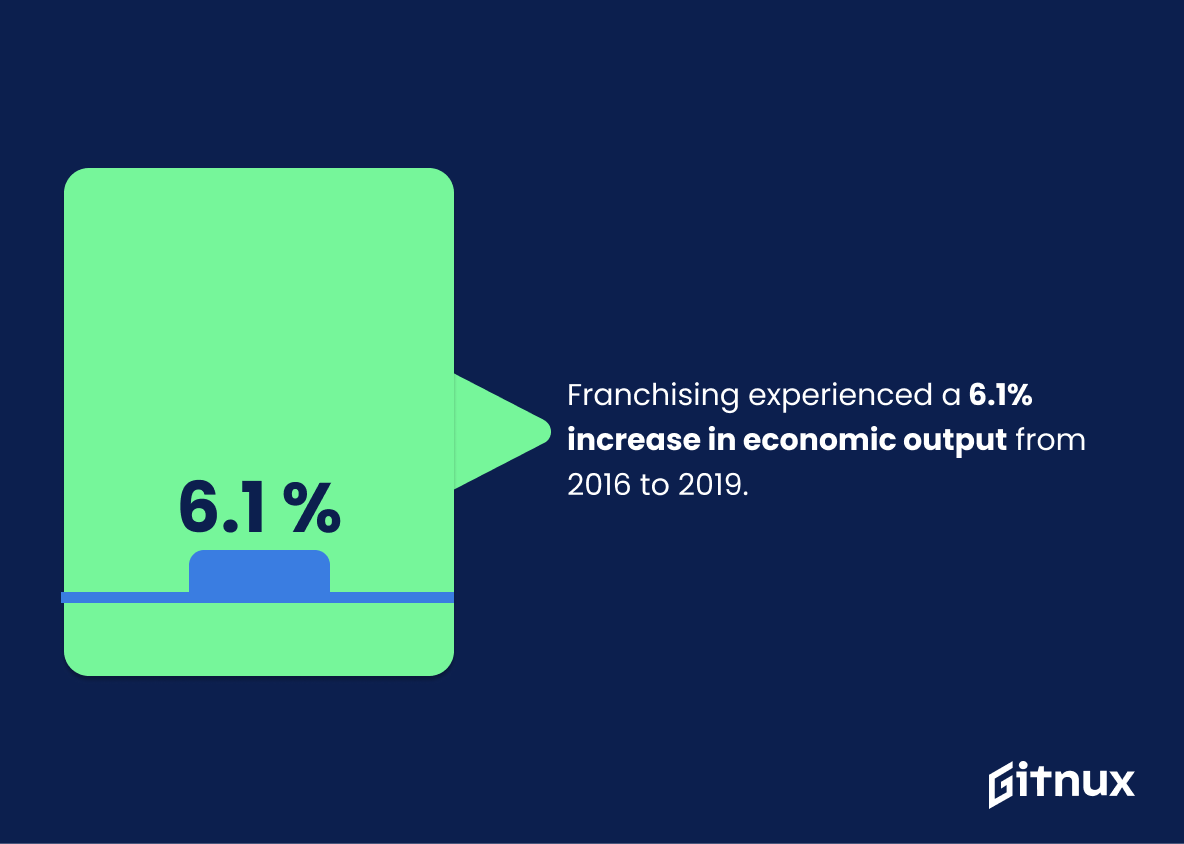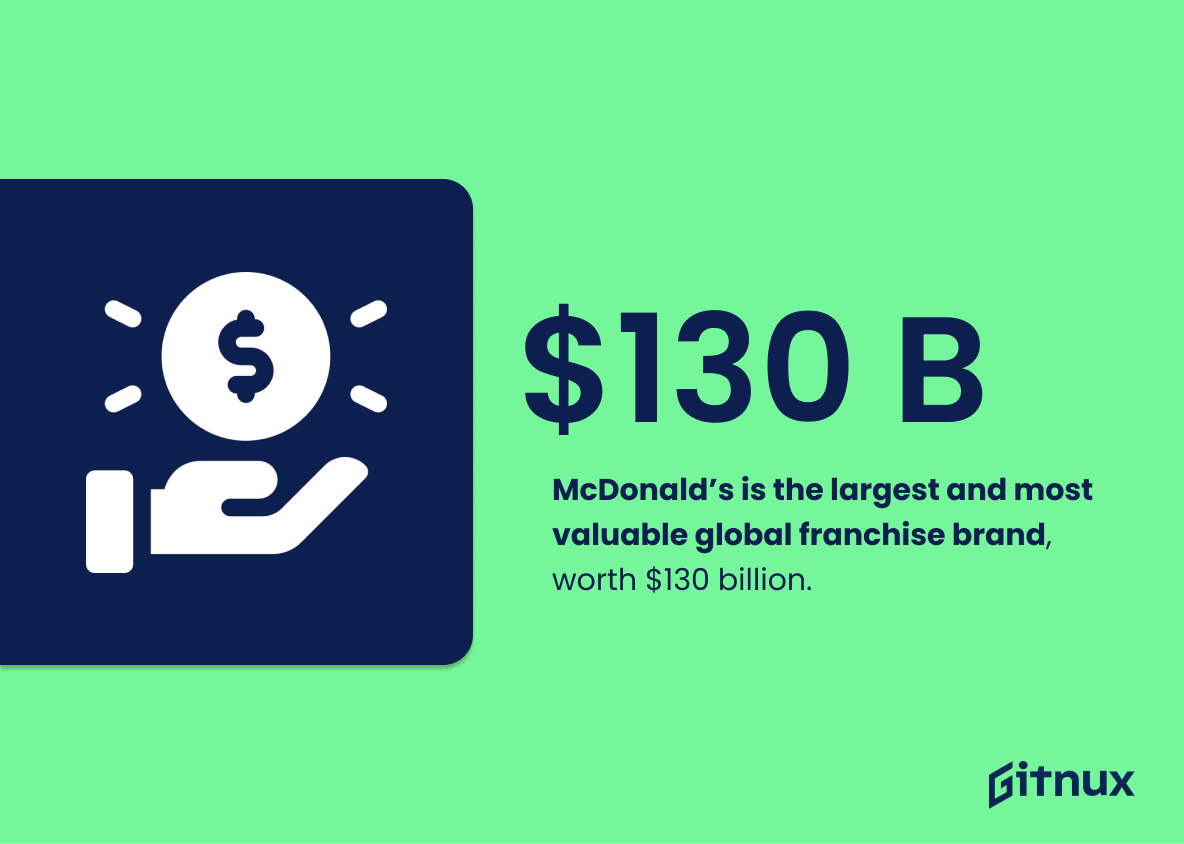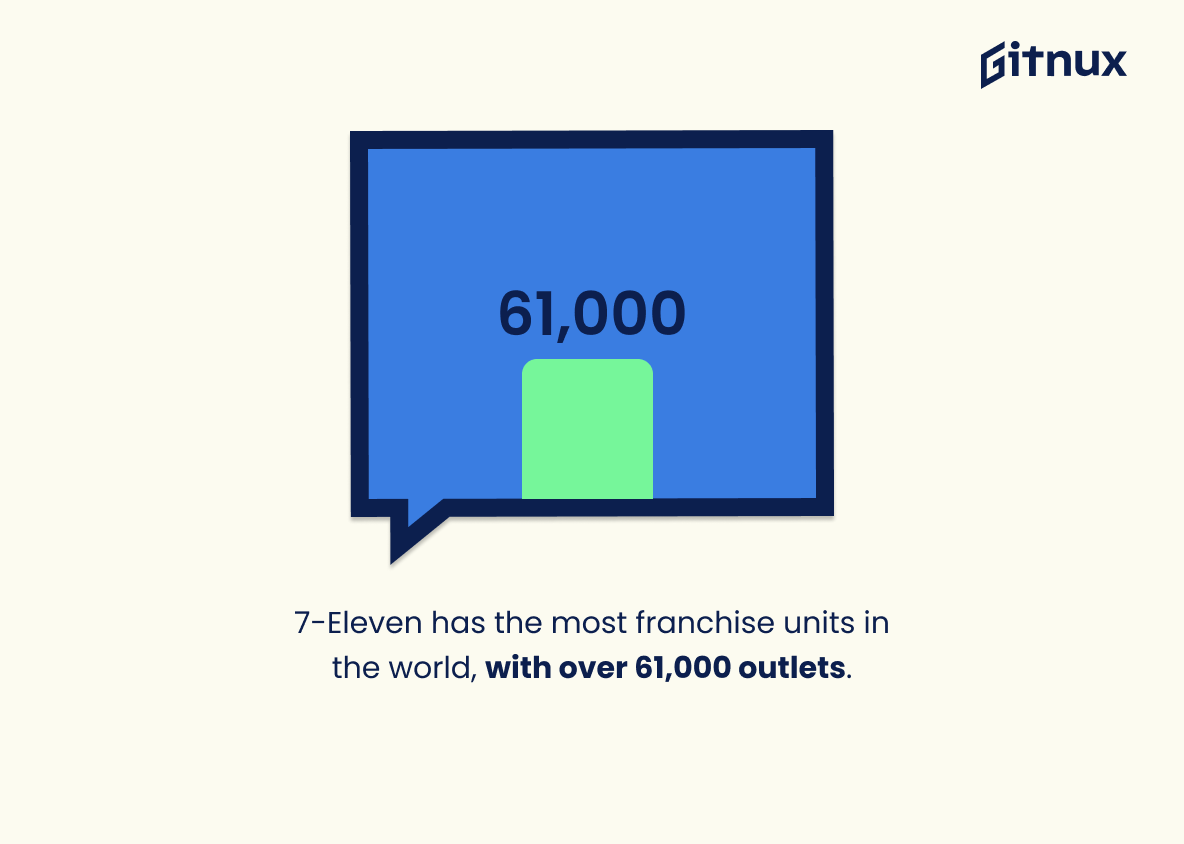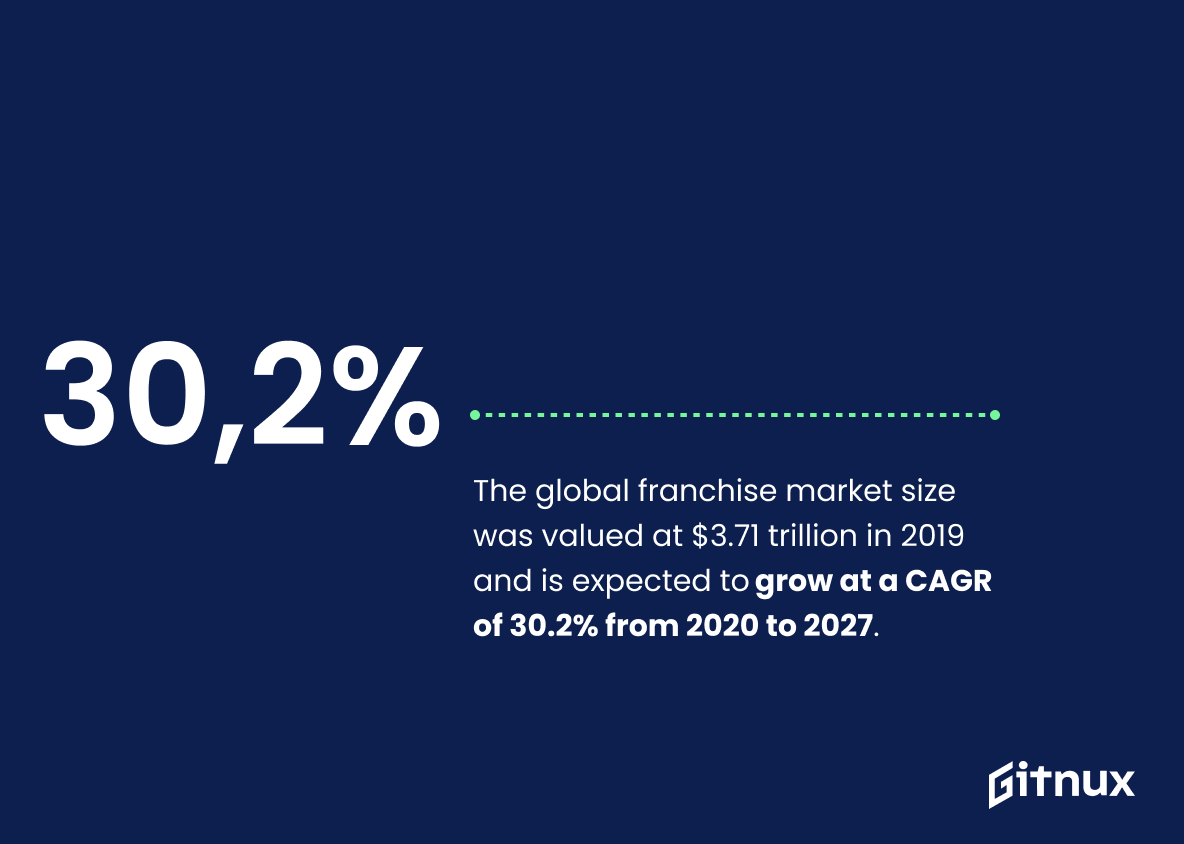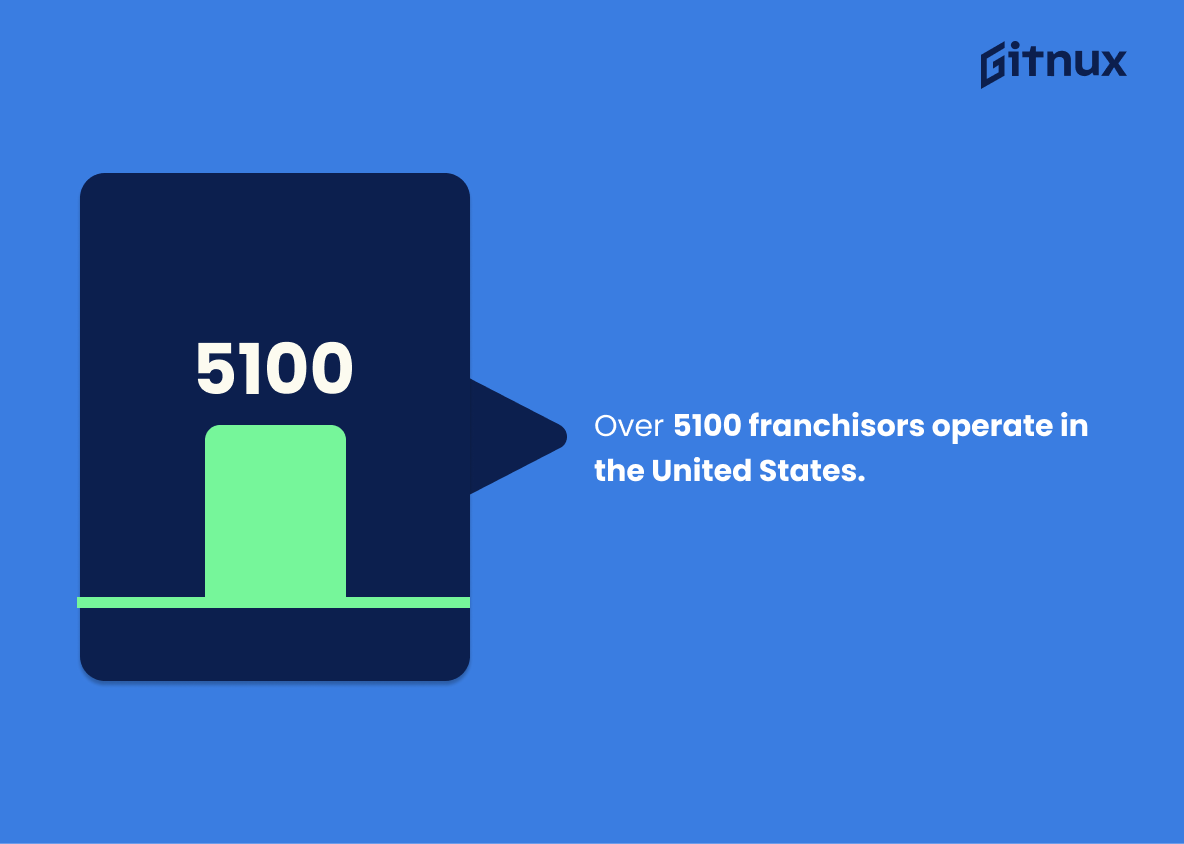Franchising, a long-standing popular business model, notably aids entrepreneurs by providing an established brand and support. With over 759,000 establishments in the U.S., franchises inject approximately $674 billion into the economy and created 5.6 million jobs in 2019. Notably, 35% of these franchises focus on food. Despite expectations of a 1.5% industry growth in 2021, 95% of franchises remain single-unit entities, requiring an average initial investment of $250,000.
Furthermore, personal care services stand out as the most lucrative franchise industry, boasting an average unit revenue of $153,509. Globally, 57% of franchise brands have U.S. roots, while China hosts 13% of franchises based outside the U.S. The franchise owners’ demographic reveals that 55% are aged 45-64, with 19% minority ownership and a significant 75% successfully navigating the Covid crisis. McDonald’s and Seven Eleven shine globally with values and outlet numbers that are notably high. Lastly, the market witnessed a growth rate of 30.2%, projecting a market size of $3.71 trillion by 2027.
Let’s take a closer look at the most important statistics about franchising.
This statistic is a telling indication of the prevalence of food-related businesses in the franchise industry. It speaks to the potential for entrepreneurs to capitalize on the popularity of food-related businesses and the potential for success that comes with it. It also highlights the importance of understanding the food-related franchise market and the potential for growth within it.
There are around 759,236 franchise establishments in the United States.
This statistic is a powerful indicator of the prevalence of franchising in the United States. It demonstrates the sheer number of franchise establishments that have been established in the country, and the potential for further growth in the sector. It is an important piece of information for anyone interested in the franchise industry, and provides a valuable insight into the current state of the market.
Franchise Statistics Overview
Franchise businesses contribute about $674 billion to the U.S. economy.
This statistic is a testament to the immense impact that franchise businesses have on the U.S. economy. It highlights the immense economic contribution that these businesses make, and serves as a reminder of the importance of franchise businesses in the U.S. economy.
There were approximately 5.6 million jobs provided by franchises in 2019.
This statistic is a testament to the power of franchising as a business model. It shows that franchises are a major source of employment, providing millions of jobs to people across the country. This is an important point to consider when discussing the impact of franchises on the economy, as it demonstrates the potential for franchises to create jobs and stimulate economic growth.
57% of global franchise brands originated from the United States.
This statistic is a testament to the power of the United States in the world of franchising. It speaks to the country’s ability to create and sustain successful franchise brands that have gone on to become global successes. It also highlights the potential of franchising as a viable business model for entrepreneurs looking to expand their reach and capitalize on the success of established brands.
The franchise industry is expected to grow by 1.5% in 2021.
This statistic is a key indicator of the franchise industry’s potential for growth in 2021. It provides insight into the industry’s current trajectory and can be used to inform decisions about investing in franchises or starting a franchise business. It also serves as a benchmark for measuring the success of the industry in the coming year.
Around 95% of franchises are single-unit owned and operated.
This statistic is a telling indication of the franchise industry, highlighting the fact that the majority of franchises are owned and operated by a single unit. This is significant because it shows that the franchise model is largely accessible to individuals, rather than large corporations. This makes it an attractive option for entrepreneurs looking to start their own business, as it provides the opportunity to own and operate a business without the need for a large capital investment.
The average initial investment required for a franchise is $250,000.
This statistic is a crucial piece of information for anyone considering investing in a franchise. Knowing the average initial investment required can help potential franchisees make an informed decision about whether or not they can afford to take the plunge. It also provides a benchmark for comparison when researching different franchise opportunities.
The top franchise destination outside the United States is China, with 13% of foreign-based franchises.
This statistic is a telling indication of the global reach of franchising. It shows that franchising is not just a US-centric business model, but one that is increasingly being adopted by countries around the world. China’s 13% share of foreign-based franchises is a testament to the potential of franchising to expand into new markets and create new opportunities for entrepreneurs.
55% of franchise owners are 45-64 years old.
This statistic is significant in the context of a blog post about Franchise Statistics because it highlights the fact that a large portion of franchise owners are in the 45-64 age range. This indicates that the franchise industry is a viable option for those looking to start a business later in life, and that it is a viable option for those looking to transition from a corporate career to entrepreneurship.
Franchising experienced a 6.1% increase in economic output from 2016 to 2019.
This statistic is a testament to the success of franchising as an economic model. It demonstrates that franchising has been able to grow and expand its economic output over the past few years, indicating that it is a viable and profitable business model. This is an important point to consider when discussing franchise statistics, as it shows that franchising is a viable option for entrepreneurs looking to start their own business.
The average length of time from signing a franchise agreement to opening a new franchise unit is 6 to 12 months.
This statistic is a crucial indicator of the amount of time and effort required to open a new franchise unit. It provides potential franchisees with an idea of the timeline they should expect when taking on a franchise, and can help them plan accordingly. Additionally, it can help existing franchisees understand the amount of time they should anticipate between signing a franchise agreement and opening a new unit. Knowing this statistic can help franchisees make informed decisions about their business and ensure they are adequately prepared for the process.
McDonald’s is the largest and most valuable global franchise brand, worth $130 billion.
The fact that McDonald’s is the largest and most valuable global franchise brand, worth $130 billion, is a testament to the power of franchising. It shows that with the right combination of resources, dedication, and hard work, a franchise can become a major success. This statistic is a reminder that franchising can be a lucrative and rewarding business venture, and it serves as an inspiration to aspiring entrepreneurs.
7-Eleven has the most franchise units in the world, with over 61,000 outlets.
This statistic is a testament to the success of 7-Eleven’s franchise model, demonstrating that it is a viable and profitable business opportunity for entrepreneurs. It also serves as a reminder of the potential for growth that franchising offers, as 61,000 outlets is a remarkable number of locations. Finally, it serves as an inspiration to other businesses looking to expand their reach through franchising.
The global franchise market size was valued at $3.71 trillion in 2019 and is expected to grow at a CAGR of 30.2% from 2020 to 2027.
This statistic is a testament to the immense potential of the franchise market, indicating that it is a lucrative and rapidly growing industry. It is an important piece of information for anyone considering investing in a franchise, as it demonstrates the potential for growth and success. Furthermore, it is a useful statistic for anyone writing a blog post about franchise statistics, as it provides a clear indication of the size and scope of the industry.
Over 5100 franchisors operate in the United States.
This statistic is a testament to the sheer size and scope of the franchise industry in the United States. It speaks to the immense potential for entrepreneurs to get involved in franchising and the vast array of opportunities available to them. It also highlights the competitive nature of the industry, with so many franchisors vying for the attention of potential franchisees. This statistic is a powerful reminder of the importance of the franchise industry in the US economy.
Conclusion
The franchise industry is a major contributor to the U.S. economy, with over 759,236 establishments and 5.6 million jobs provided in 2019 alone. Over 35% of franchises are food-related businesses while 57% of global brands originated from the United States. The average initial investment required for a franchise is $250,000 and 95% of them are single-unit owned and operated by individuals aged 45-64 years old who make up 55% of all ownerships; 19 percent being minorities or veterans respectively. McDonald’s has been identified as the largest brand worth $130 billion followed closely by 7 Eleven which operates 61 thousand outlets worldwide making it one of the most profitable industries globally valued at 3 trillion dollars expected to grow 1.5 % this year despite COVID19 pandemic that saw 75 % weathering through due to franchising support systems .
References
0. – https://www.franchise.com
1. – https://www.statista.com
2. – https://www.ibisworld.com
3. – https://www.franchise.org
4. – https://www.valuepenguin.com
5. – https://www.grandviewresearch.com
6. – https://www.entrepreneur.com
7. – https://www.finance.yahoo.com
8. – https://www.franchisedirect.com
9. – https://www.globalbankingandfinance.com
